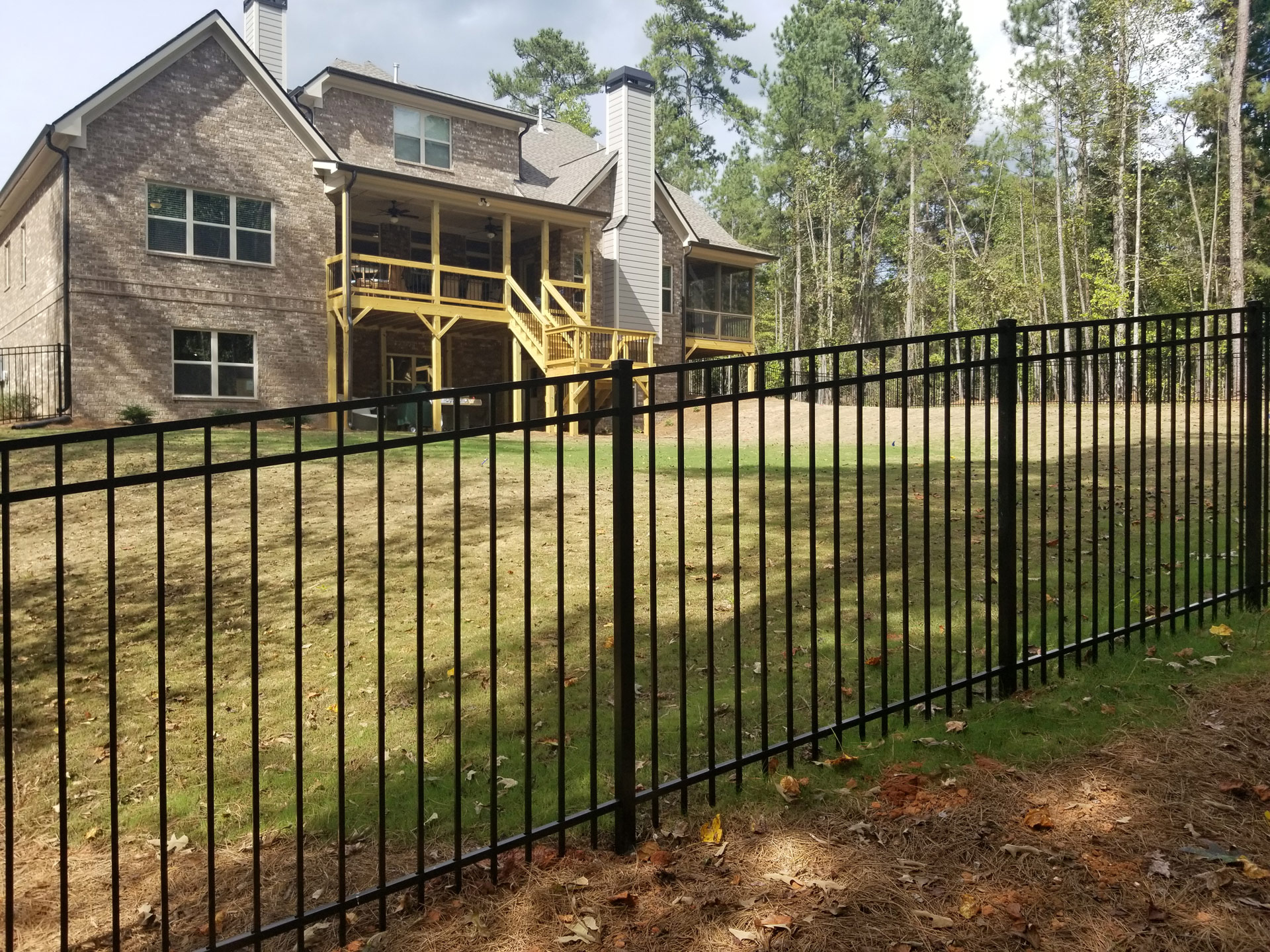╳

Get The Latest On Our Greatest
Subscribe to Our Company/Product Updates

Tuesday, May 4, 2021
For DIYers and inspired homeowners alike, embarking on a fencing project can be an exciting endeavor with high returns. After all, a fence can change the look and feel of an outdoor space while also serving as a perimeter of safety. But to make the saying "good fences make good neighbors" ring true, a little prep work is required.
Before erecting a new lot line barrier, homeowners need to take the appropriate measures to obtain a fencing permit and meet code-driven fence height regulations. While filling out paperwork may not be the most exciting part of the process, prior planning will help homeowners avoid costly and time-consuming consequences down the road.
Given the substantial increase in fencing projects over the course of last year, we’re answering some of the most commonly asked questions regarding fence permits and fence height regulations.
Why do I need a fencing permit and how do I get one?
"I own the property so I can do what I want with it" is one of the most common misconceptions associated with putting up a fence. Without a permit, projects can be shut down by inspectors or neighbors for not adhering to building codes. A fencing permit validates that a new fence will not disrupt underground gas, water or power lines and will follow sidewalk, road and flood zone regulations - all of which are critical components to a functional home and safe neighborhood.
Geographic location of the property, fence location surrounding the perimeter and fence height are a few variables that are taken into consideration when an application for a fencing permit is submitted. Fencing regulations vary by location, which is why it is important to start the permit process at the local level. To learn about specific requirements, start by contacting your municipality's building department, building inspector or city hall. Before heading in to begin discussions, Fortress experts recommend drafting the fencing plan that includes property line boundaries to help determine if a permit is necessary. If the proposed fence will be located in a highly populated area, a zoning permit, application approval or building permit with inspections will likely be required.
How tall can my fence be?
Most commonly, residential fences are limited to a maximum height of six feet in the backyard and four feet in the front yard. Privacy fences can rise up to eight feet tall, blocking neighbors' views and safely securing energetic pets. However, because fencing height regulations can vary between municipality and even by way of homeowner association bylaws, check local jurisdictions for fence height stipulations.
What should I know about pool fencing requirements?
While pool fencing requirements are based on a set of standardized international building codes published by the International Code Council (ICC), local regulations can and do vary. To get a better understanding of what may be required, standard pool fencing codes are outlined by the U.S. Consumer Product Safety Commission (CPSC). After understanding local pool fencing codes and regulations, it is important to consider everything - from the fence material to its climbability and picket spacing to help keep young ones safe.
Ready for a new fence? When it’s time for the real fun to begin, Fortress Building Products’ Athens Residential Aluminum Fencing is easy to install, versatile, affordable and durable. And with multiple panel configurations to meet ICC pool code, you can build with confidence.


Search